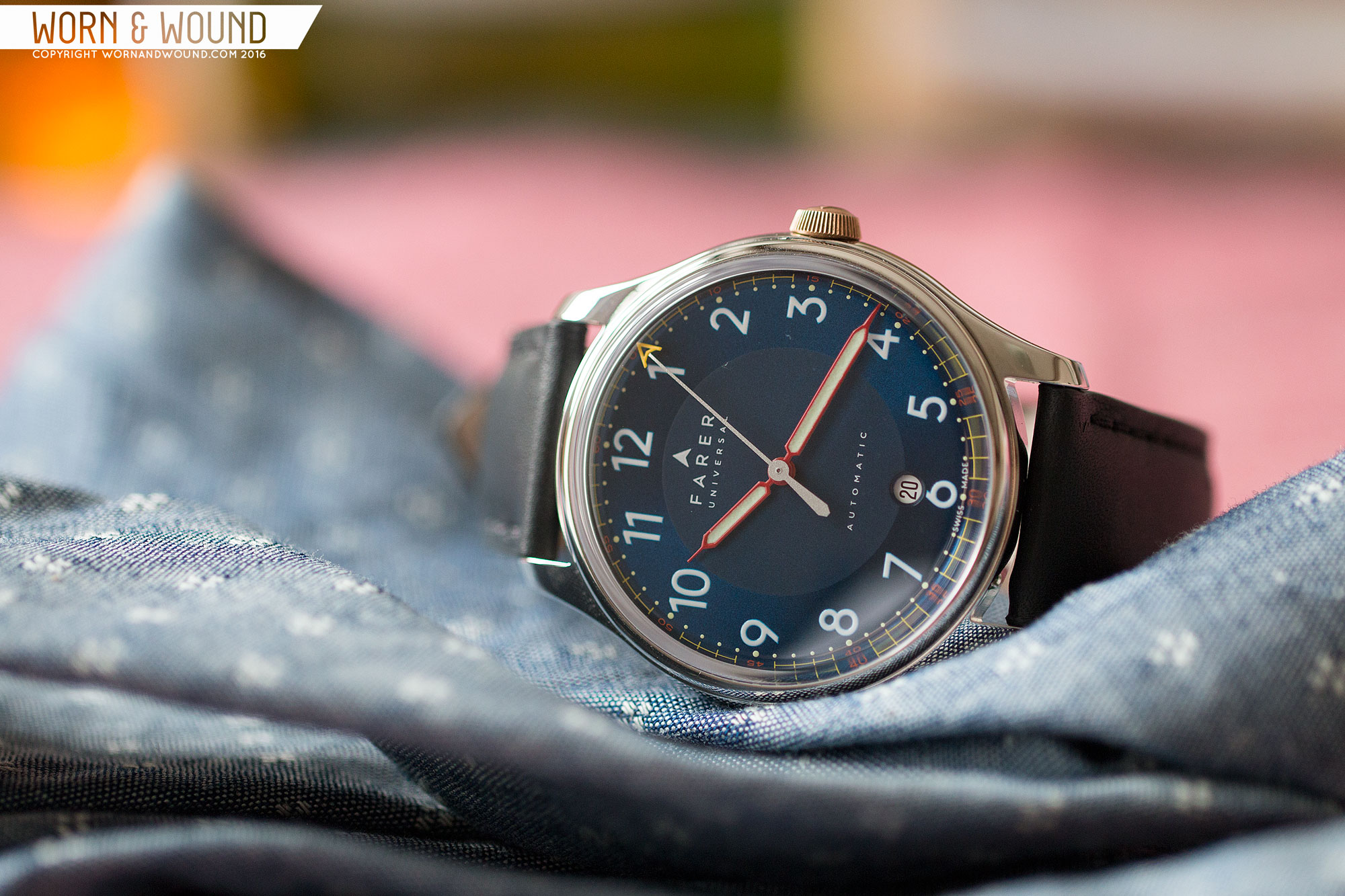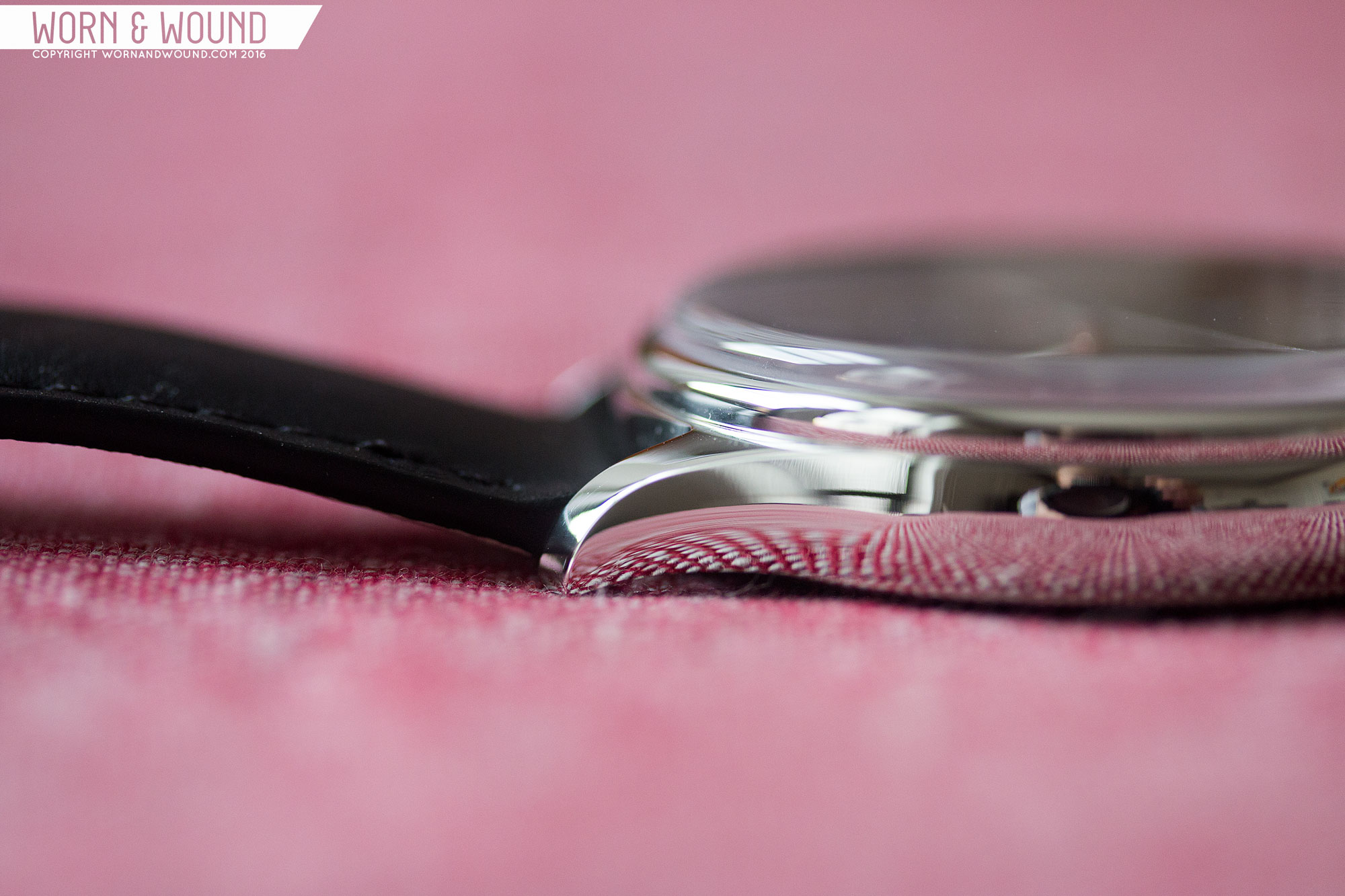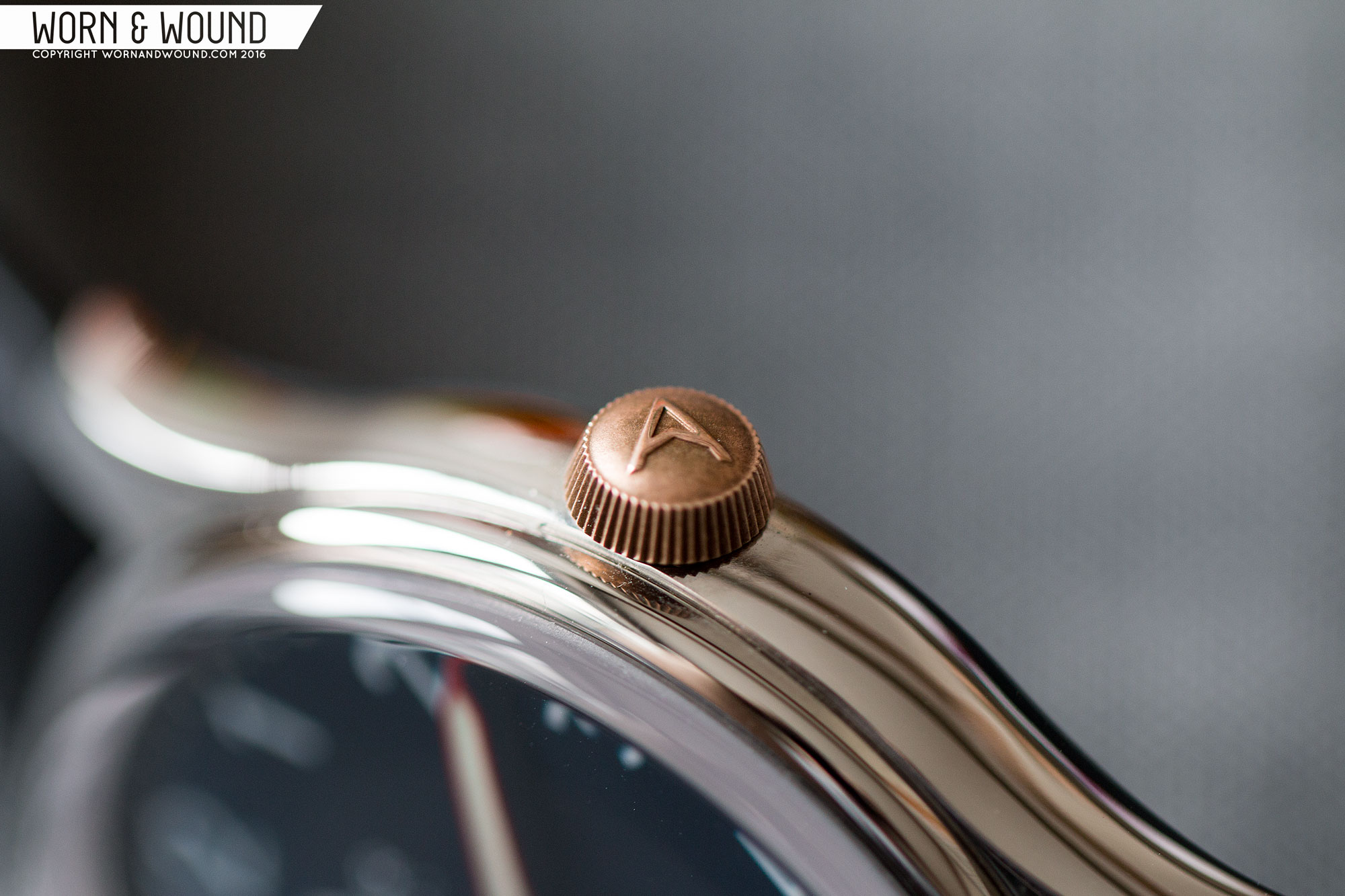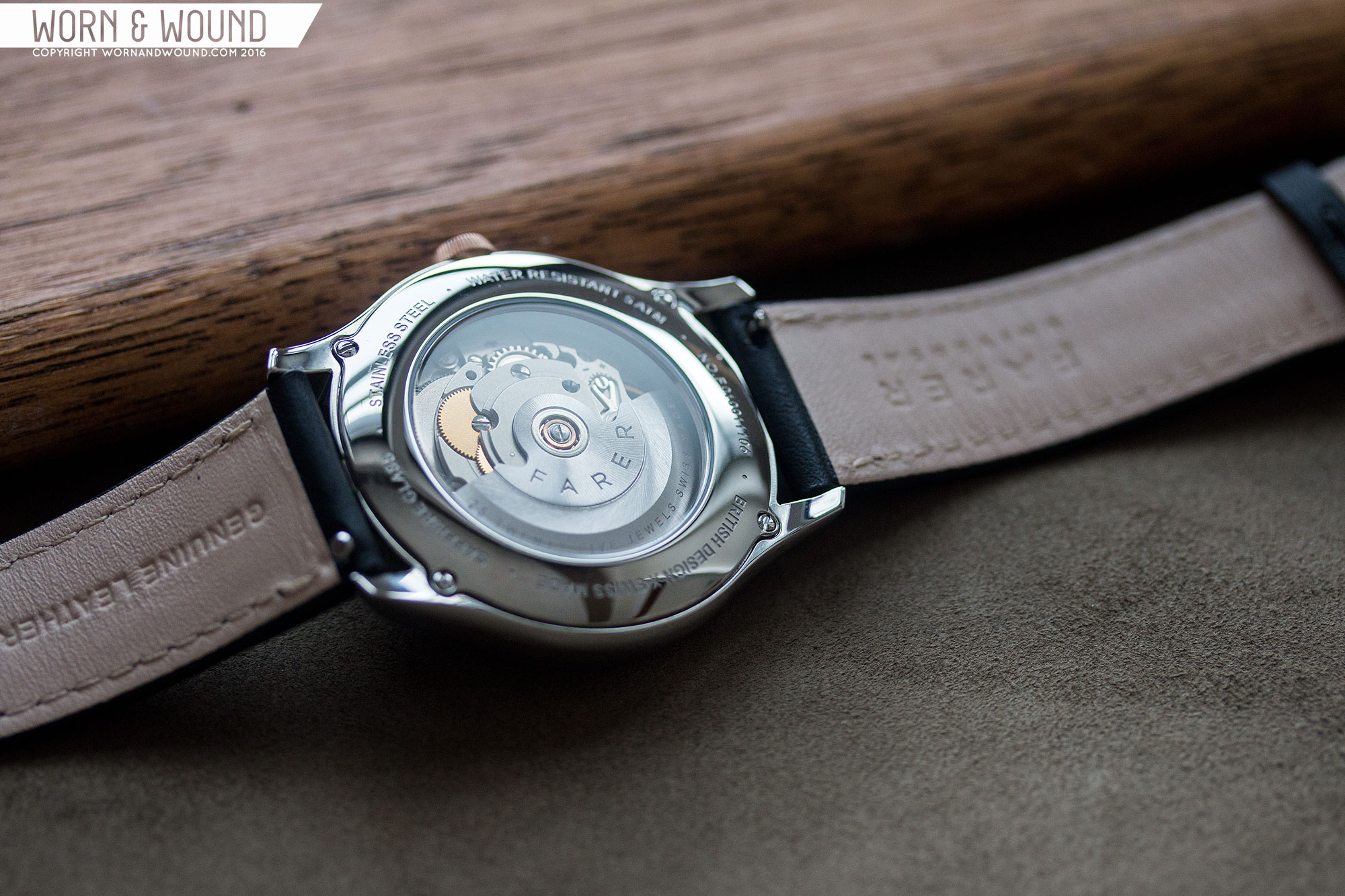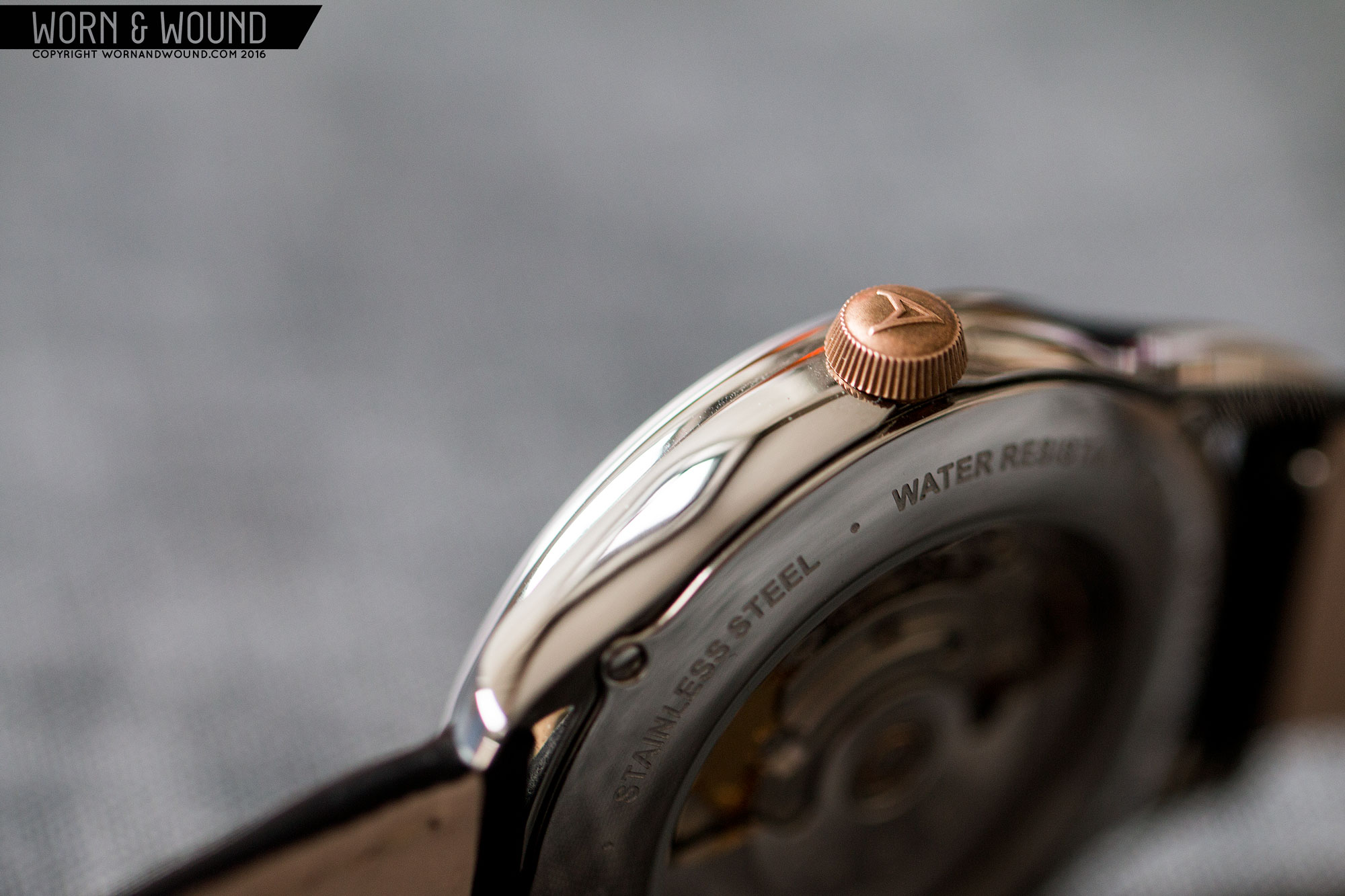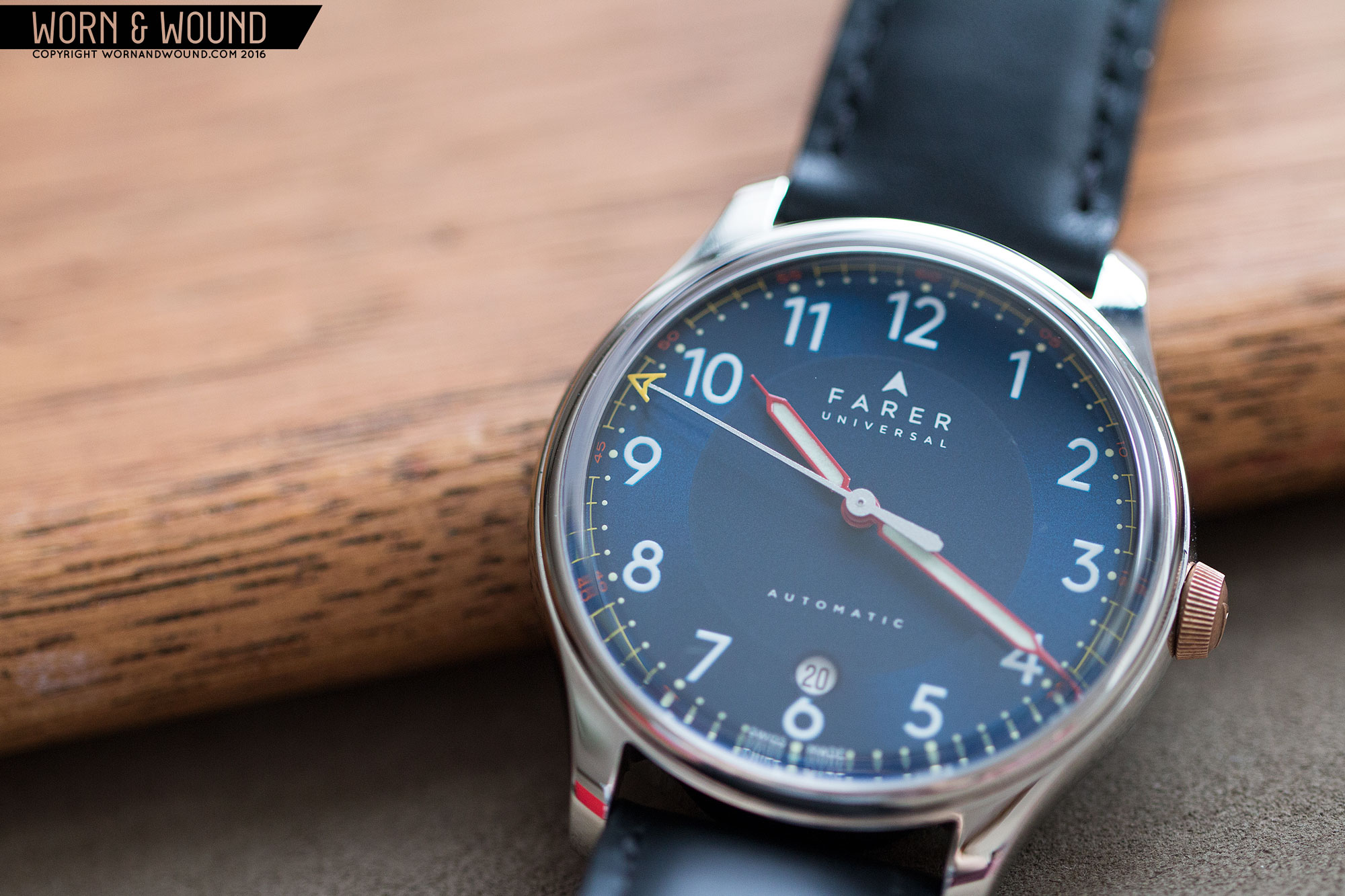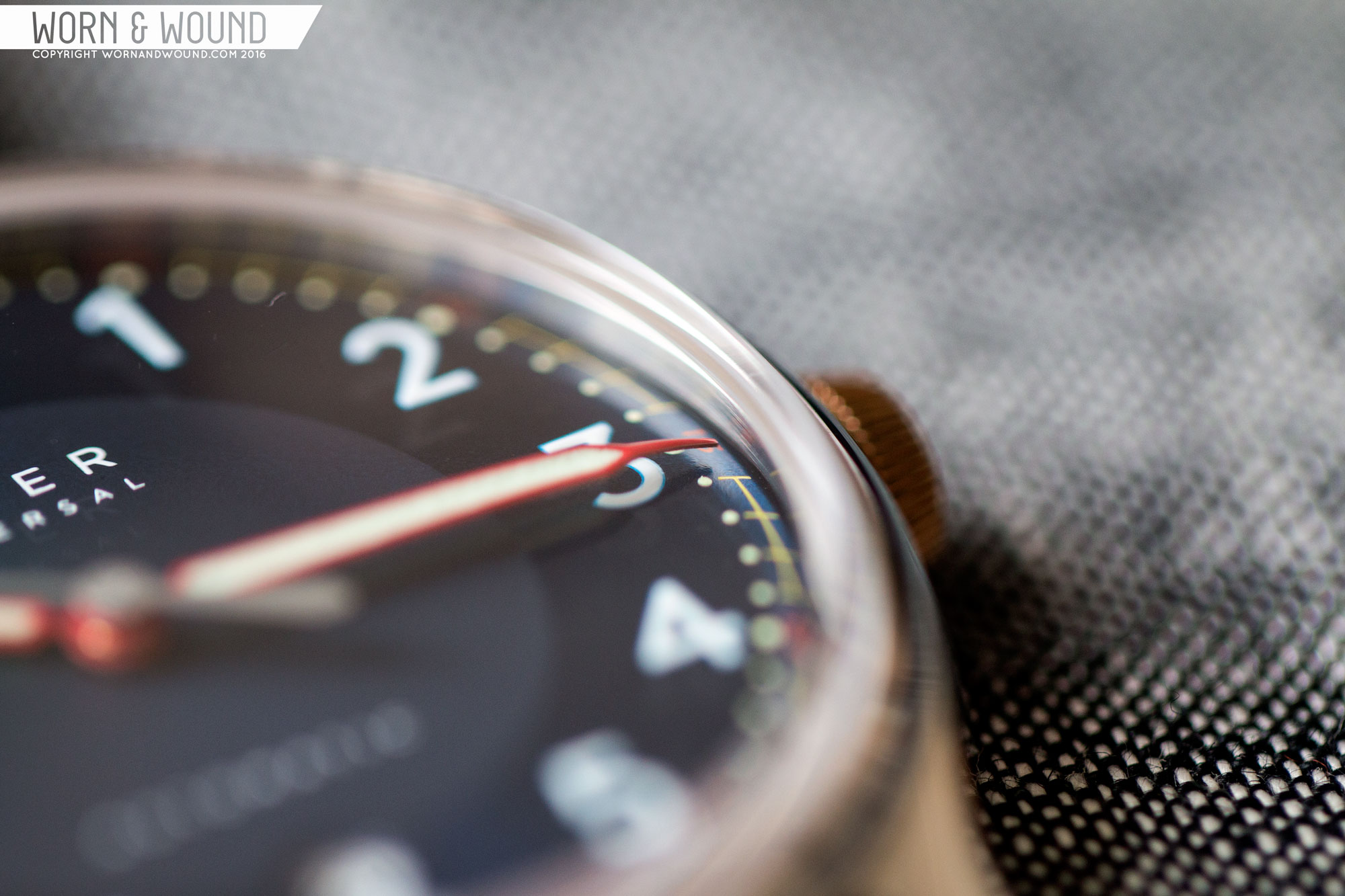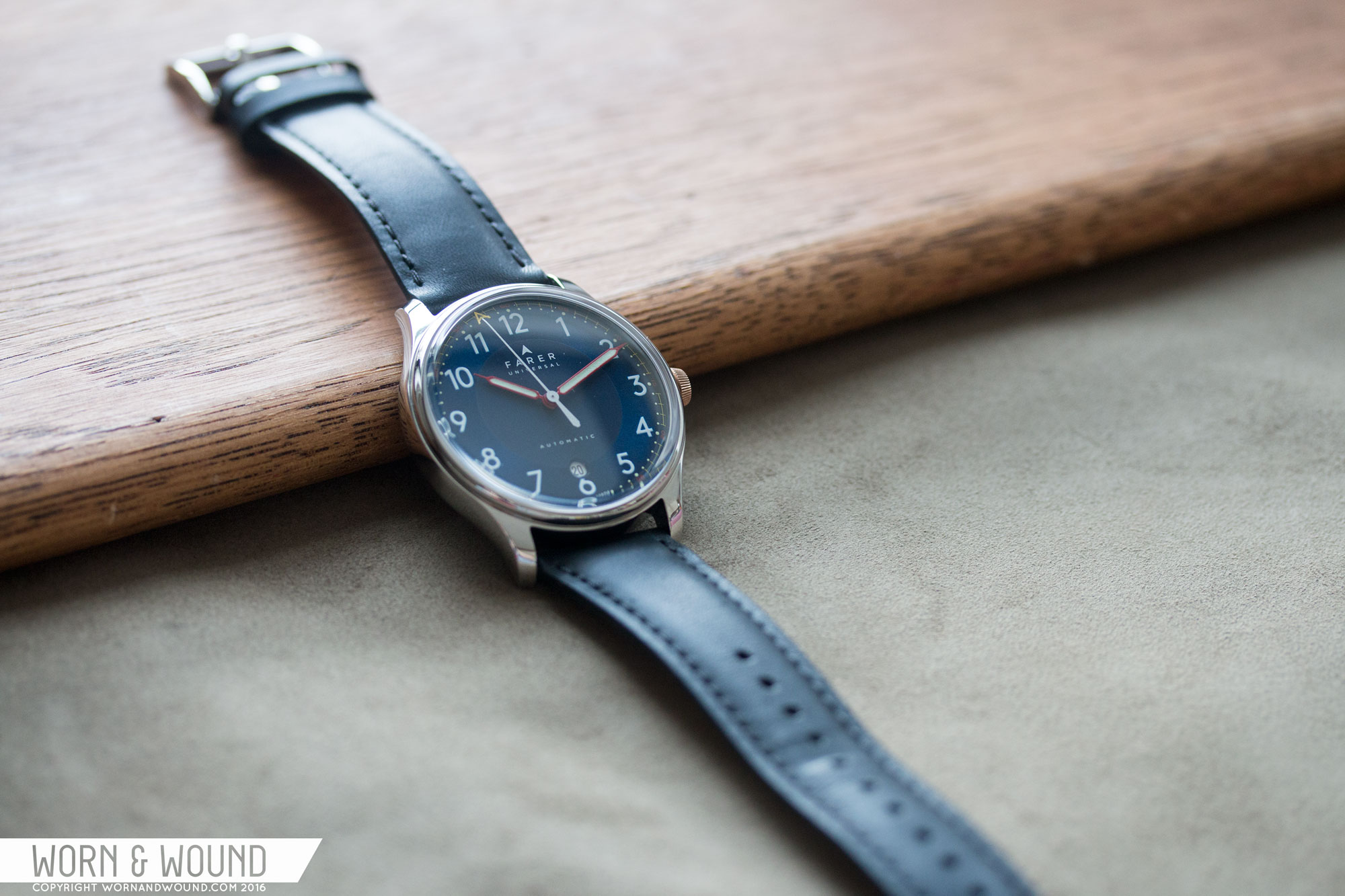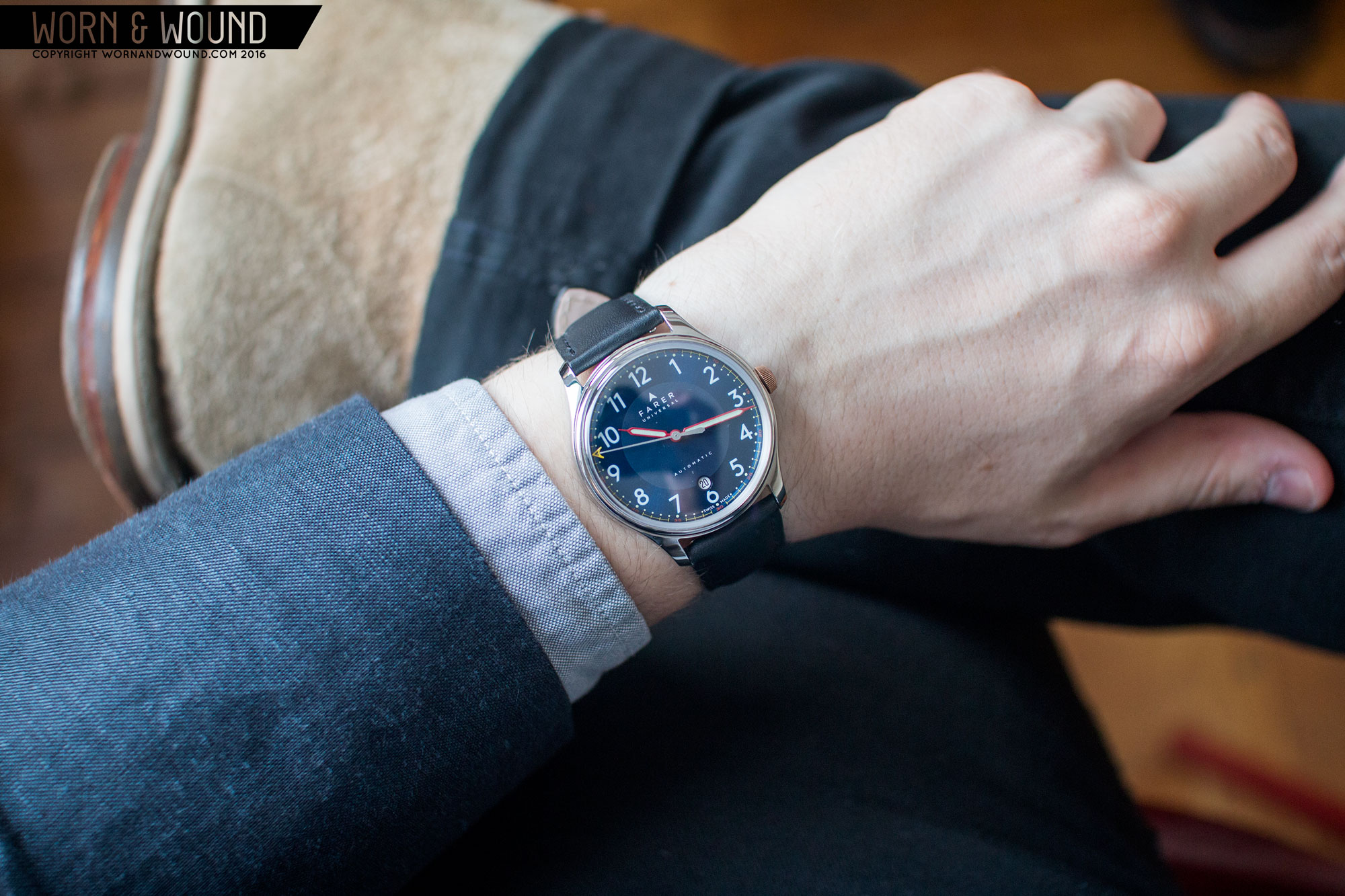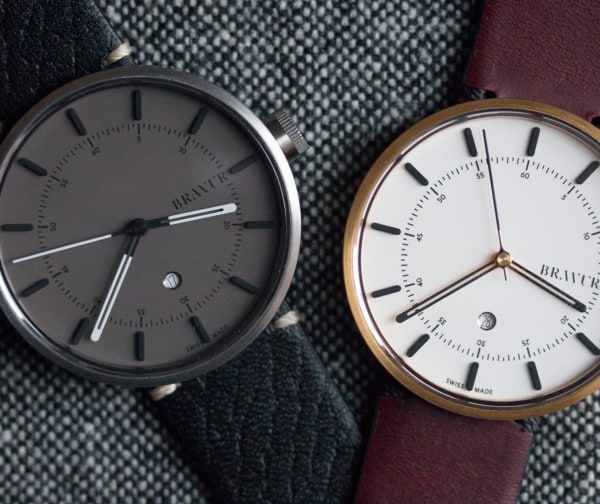Just a little over a month ago I reviewed the Farer Barnato, a quartz GMT with a playful spin on mid-century styling. The case design and overall aesthetic were very appealing, managing to be a unique take on something vintage inspired. I genuinely enjoyed wearing it, but as with most quartz watches I wished that it had been a mechanical. Well, today I have the distinct pleasure of being the first to show you one of Farer’s newest watch, the Hopewell Automatic.
The Hopewell takes many design cues from their existing watches, bearing a clear resemblance to the Barnato, but changes up some details and adds an automatic movement. Powered by an ETA 2824-2, Farer is sticking to their slogan of “British Design x Swiss Made”, and we can’t complain. The classic Swiss workhorse movement, 2824’s are reliable and trusted. They seemingly are making a bit of a resurgence as of late, bucking the trend of the last few years post ETA/Swatch’s pulling back of supplies. We’ll have to see if that keeps up, but in the meantime we welcome some new 2824-2 options.
Back to the watch, Swiss insides luckily don’t mean crazy prices with the Farer, which comes in at $1,075. Also included in the Hopewell is an upgraded crystal, now a domed sapphire vs mineral with sapphire coating, sapphire caseback and solid bronze crown (more on that later). $1,075 isn’t cheap, obviously, but it’s very competitive, and given the styling and design quality of the watch, makes it a very serious alternate to some more established Swiss-made brands.









 Featured Videos
Featured Videos




